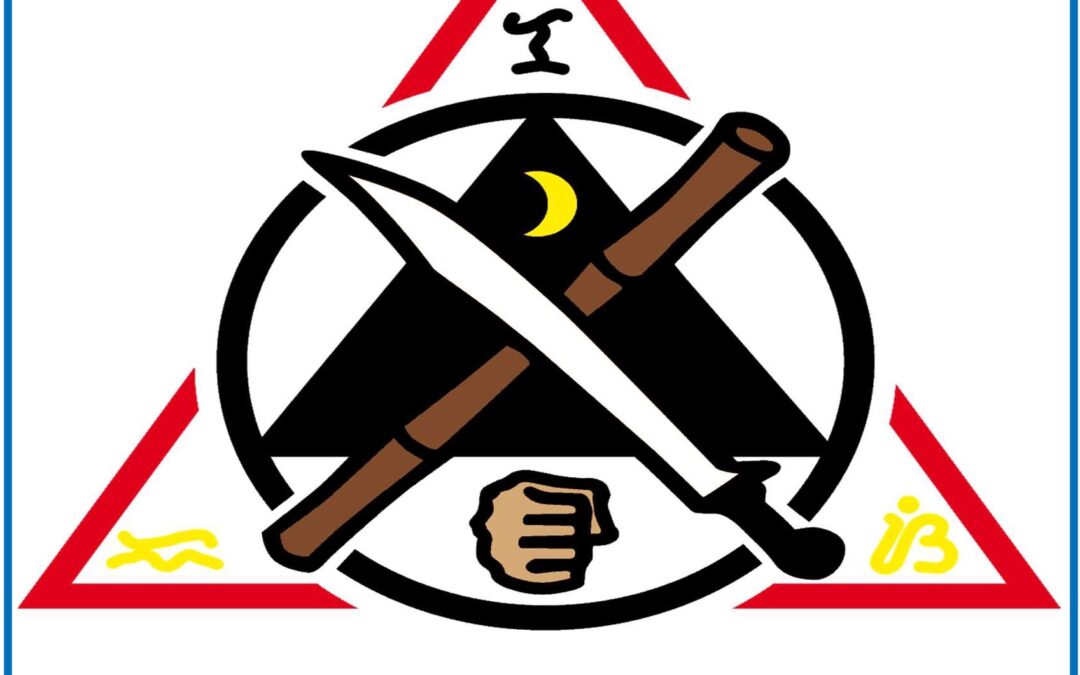Arnis/Eskrima/Kali, the most well-known Filipino fighting styles, are referred to as Filipino Martial Arts (FMA). These defence systems are a result of our fundamental need to protect ourselves. Different warfare dynamics have been imposed over time on the islands that make up the Philippines by invaders and shifting local conflicts. The Filipinos’ ability to adapt to their continuously changing surroundings helped them become better fighters. They frequently learned how to prioritise, allocate, and use resources during conflict out of necessity. Filipinos have been greatly touched by the phenomenon of language and cultural mixing. New cultural and military traditions have emerged as a result of a variety of distinctive elements, such as competitiveness, political and social structures, technical breakthroughs, trade, and common sense.
The oldest martial arts were performed by the native inhabitants of the Philippines. They engaged with native tribes in Borneo and Taiwan, as evidenced by oral histories and similarities in their fighting styles. The native tribes were experts in canine-style unarmed combat, fighting with swords, shields, spears, knives, sticks, and bows and arrows as their only weapons (wrestling). Some of these historic Filipino fighting arts are still practised in tribal regions, but others are either extinct or very uncommon. Armed training was given precedence over unarmed training, since weapons are more dangerous than unarmed techniques. The bulk of Filipino fighting techniques still uses weapons.
With the Philippines’ independence came the freedom to freely practise martial arts in public and observe how they interacted with one another. Modern fighting techniques draw their weapons and strategies from a variety of sources, including silat, karate, jujitsu, and Chinese martial arts. The number of Filipino combat styles used today is almost equivalent to the number of islands in the Philippines. In 1972, the Philippine government added Filipino martial arts to the list of national sports. The Ministry of Education, Culture, and Sports also incorporated them into the physical education curricula for high schools and colleges. Filipino combat methods must be familiar to the Philippine military and police.
The distinction between Filipino Martial Arts (FMA) and other weapon-based martial arts is that FMA teaches weapon use that is applicable today: how to use and deal with weapons that one can encounter on the streets, as well as how to transform everyday items into improvised weapons. Other weapon-based martial arts include Japanese Kendo & Kenjutsu, European Fencing, and traditional Chinese Martial Arts that teach the use of classical Chinese weapons. FMA is particularly practical and targeted towards military and street warfare because knives, machetes, and clubs are still regularly encountered weapons on the road and in the field. While no longer carried by the average person, sabres, katanas, and jians are nevertheless often seen as weaponry.

